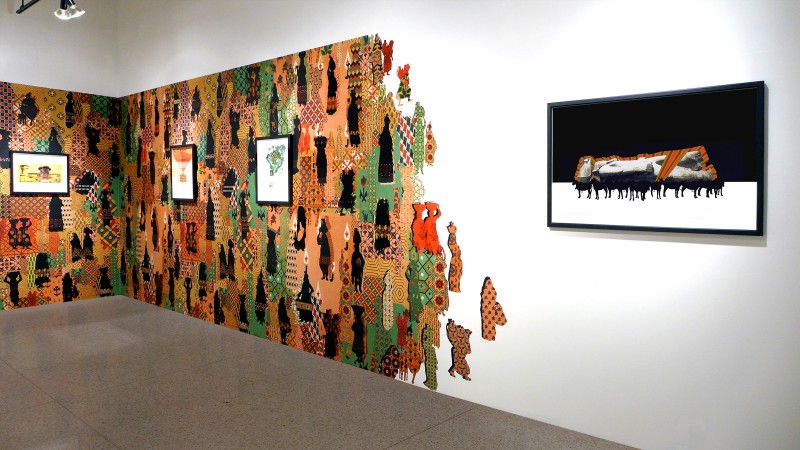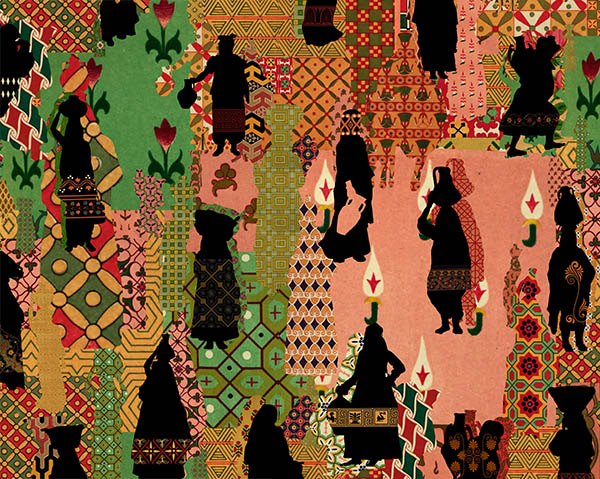 Trove/Trope
An installation by O’Donnell Visiting Educator in Art Lauren Adams, in conjunction with the Sheehan Gallery’s “Scenes and Types: Photography from the Collection of Adnan Charara” exhibit.
Opening Reception, Thursday, March 10 6-8pm
March 11 – May 9 2016
Lauren Adams will be in residence in the gallery February 29 to March 11, and delivering a public lecture on Saturday, March 5 at 4:00 pm in Olin 130.
345 Boyer Ave. Walla Walla, WA 99362
Trove/Trope
An installation by O’Donnell Visiting Educator in Art Lauren Adams, in conjunction with the Sheehan Gallery’s “Scenes and Types: Photography from the Collection of Adnan Charara” exhibit.
Opening Reception, Thursday, March 10 6-8pm
March 11 – May 9 2016
Lauren Adams will be in residence in the gallery February 29 to March 11, and delivering a public lecture on Saturday, March 5 at 4:00 pm in Olin 130.
345 Boyer Ave. Walla Walla, WA 99362
In Trove/Trope, Adams investigates the mundane displays of decorative and utilitarian objects (the textiles, the jewelry, the pottery) in photographs from the Charara collection. The first part of the installation’s title refers to the collection as a special site, a trove, not only from Charara’s perspective as the collector, but also in the way the photographs assemble and capture people, places, and moments within the handily accessible format of cheap, reproducible, and collectible cards. The second part of the title refers to the problematics of representation as the reiteration of recognizable forms and objects that create the illusion of a reality outside of the photographs themselves.
In Trove/Trope Adams brings the strategy of repetition and appropriation to bear on the photographs from Adnan Charara’s collection. To this source material, she adds motifs from Owen Jones’s inventory of decorative surfaces, The Grammar of Ornament, first published in 1856. About the decision to draw on Jones’s inventory, she writes: “I was confronted with how to make connections between the specificity of the images (these are real people mostly doing real things in real places) and the generality of the types (types that were fantasy constructions for a non-native audience). I struck on the Owen Jones as a way to acknowledge this tension between generalities and specificities. Furthermore, many of the patterns in the Charara collection, from clothes to blankets to pottery to furniture, are in fragments or pieces. Jones’s original document also attempted, not quite successfully, to aggregate this fragmentation for Western eyes.” Adams draws on The Grammar of Ornament in an effort to consolidate the fragmented, exaggerated display on view in the collection. ]]>
]]>